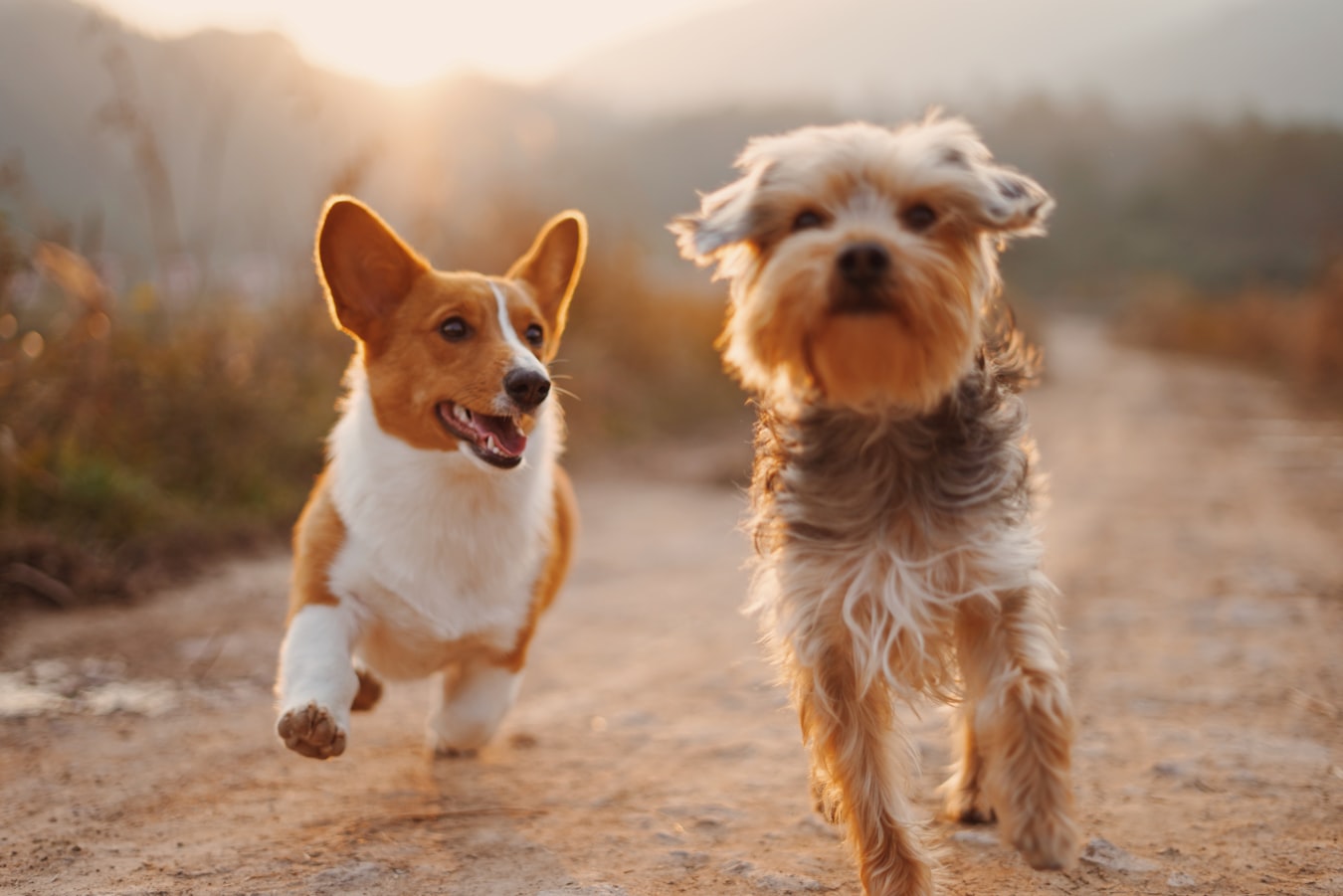Common Mistakes When Getting a Second Dog
Friday, March 6, 2020 15:34:00 PM America/Los_Angeles
If you have a dog and are considering getting a second one, then you might be wondering how this could affect your relationship with your first dog. Getting a new dog can be so fun but issues may arise when a second dog joins your household including sibling rivalry aggression or other problems related to behavior that could make it not so fun for anyone. Experienced pet parents are also likely to face challenges when getting their best friend a new companion and so, we have highlighted the common mistakes dog owners can make when getting a second dog and how to avoid them.
Adopting a second dog before your first dog is thoroughly trained and socialized
Dog experts have established that the best time to get a second dog is when the first dog is properly trained in manners and general etiquette and also well socialized. The reason behind this is to allow you as the owner to allocate and devote ample time for a new dog. This saves you the challenge of handling two dogs that are not properly trained which may demotivate you as a dog owner. You should make sure that your current dog is potty trained. This way, when you bring in the second dog,

they can learn from your current dog where to use the dog bathroom. If you have an indoor dog potty, such as a Bark Potty in your home or on your balcony, the new dog will see your current dog using it and will soon catch on.
Getting a second dog that is the same breed and the same sex as the first dog
Recent studies have shown that dog aggression in a household is much more likely with littermates more so than the same sex. Dominance is more likely to occur when you introduce your dog to a second dog. If for instance, you have a male dog, consider getting a dog that is female to make them get along as opposed to getting the same sex and trigger aggression of the first dog which may be a challenge getting them together. You probably have your favorite breed and in most cases, you may feel like you need to get the same breed as your first dog but this is not the case. Two dogs of the same breed will need more input especially in the training phase and in most cases will have the same typical behaviors. Consider a different breed that compliments your needs and is also manageable.
Thinking that the second dog doesn’t need to be trained since it will learn manners from the first dog
Most dog owners have this assumption when getting a second dog, but the truth is, your dog still needs training! Take your new dog individually to training classes that provide positive reinforcement tactics to train your dog. It's also good to walk your dogs one at a time before taking them out together. To avoid the "second dog syndrome", take the second dog out separately for a walk once it has settled in.
No Gradual Introduction
Studies show that most dog owners are excited about bringing in their second dog to the new home and expect the dogs to get along quickly and easily. This may at times not be the case as it can be an overwhelming experience for each dog. Even if both dogs are not aggressive to each other, letting them mingle right away may not be a good idea. In some cases, they will sniff each other and seem fine but sometimes they will require more time to get along. It's recommended to introduce the two in a neutral area to avoid triggering aggression in your first dog.
Avoiding these common mistakes can be helpful to both you and your dogs to achieve a fresh start. However, the process needs patience and your first dog must have some time alone to gradually prepare it for the new companion.
Photo by Alvan Nee